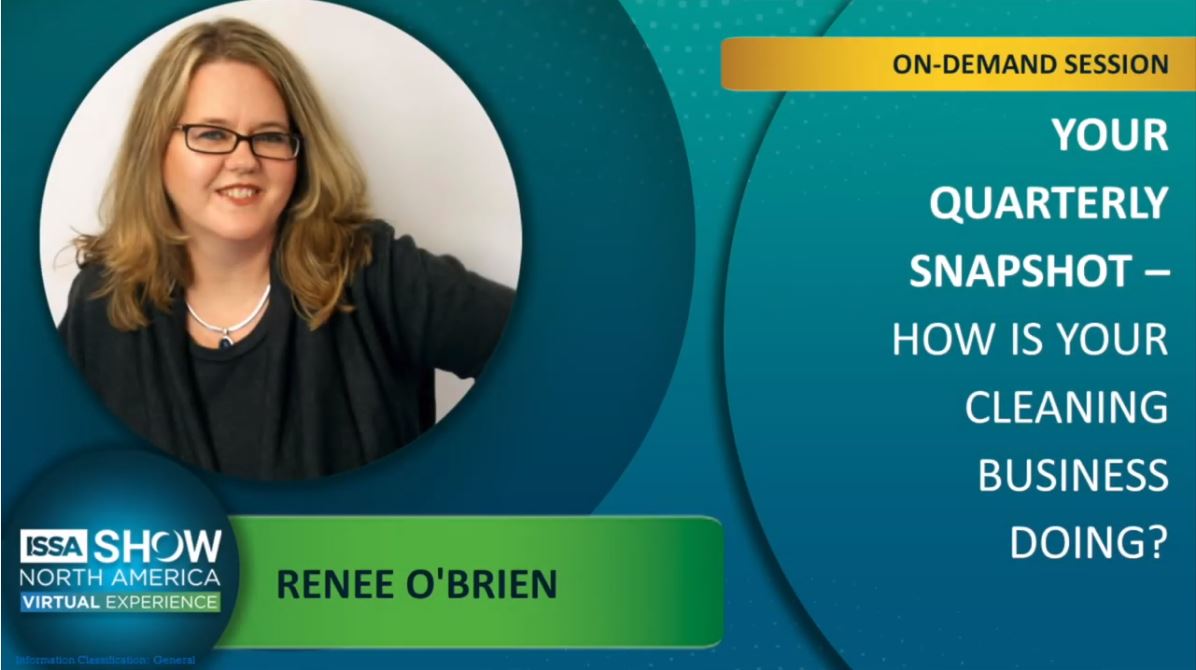How building service contractors reduce supply costs for themselves and their clients.
Some building services contractors may not be aware of the many ways in which large contract cleaning companies reduce supply costs—not only for themselves, but for their clients as well. And they may also not be aware of the fact that many of these methods can also help smaller contract cleaning companies reduce their costs.
To educate BSCs—both large and small—about some of lesser-known solutions for saving on supply costs, here are a few methods that have proven quite successful:
Product mapping: Product mapping, also known as product evaluations, involves inventorying all the products used for cleaning and then selecting those that are most cost effective to address different cleaning tasks and situations. Along with product mapping, contractors should also institute a product satisfaction rate. For instance, unless a product has a satisfaction rate of 80 percent or higher, it is best to look for alternatives.
“BSCs should institute a product satisfaction rate—unless a product has a satisfaction rate of 80 percent or higher, it is best to look for other alternatives.”
Rationalizing Products: Similar to product mapping, this process is designed to select products that are not only cost effective, but those that can also tackle multiple cleaning tasks. This process can reduce costs as well as the number of cleaning products used overall, saving closet space and helping to improve worker training and education. In some cases, contractors can decrease the number of regularly used cleaning solutions used in a facility from 10 or more to only four or five.
Fill rate: A fill rate is sometimes referred to as “just in time delivery.” It allows contractors to decrease stock on hand by requiring that suppliers provide necessary cleaning items within a day or two. The contractor does not have to pay for products until they are needed. However, this puts the responsibility on the distributor to provide the item on time, with no back orders, something many local distributors may not be able to meet. In such cases, contractors may need to turn to a national supplier or GPO (discussed next) to provide a satisfactory fill rate.
GPO: If eligible to join a Group Purchasing Organization, the savings on a wide range of cleaning tools, products, and equipment can be very significant—in some cases, as much as 50 percent. Because of the group’s buying power, the organization is able to negotiate national contracts with product manufacturers, thus creating valuable savings for everyone involved.
No RTU cleaners: Ready-to-use (RTU) cleaning solutions do serve a purpose—they’re very convenient and easy to use. However, if the ultimate goal is to reduce costs, they should be avoided. This is due to the fact that it is far more cost effective to buy concentrated cleaning solutions in large containers and then dilute them using a portion control system, as opposed to purchasing RTU cleaners, which may be more convenient, but are also much more expensive in the long run.
Prepare for emergencies: Invariably, BSCs will end up paying more for products if they are needed in an emergency. While inventory control processes, such as those discussed here, are essential, it is also crucial to have some products available that may be needed in an emergency, such as a fire, flood, natural disaster, etc. In this case, it pays—in more ways than one—to always be prepared for the worst.
Quality products: When it comes to cleaning tools, solutions, and equipment, you often “get what you pay for.” Less expensive products may be of inferior quality, not as effective, or not last as long as a quality product. Not only can this increase supply costs, it can increase time and labor costs as well. The quality and effectiveness of a product should always the primary factor when deciding which cleaning supplies to purchase. While price is important and should be considered, a high-quality product will nearly always prove to be less expensive in the long run.
Terry Sambrowski is executive director of the National Service Alliance (NSA), a leading group purchasing organization (GPO) for larger building service contractors and related businesses in the United States.
Originally published in Services






